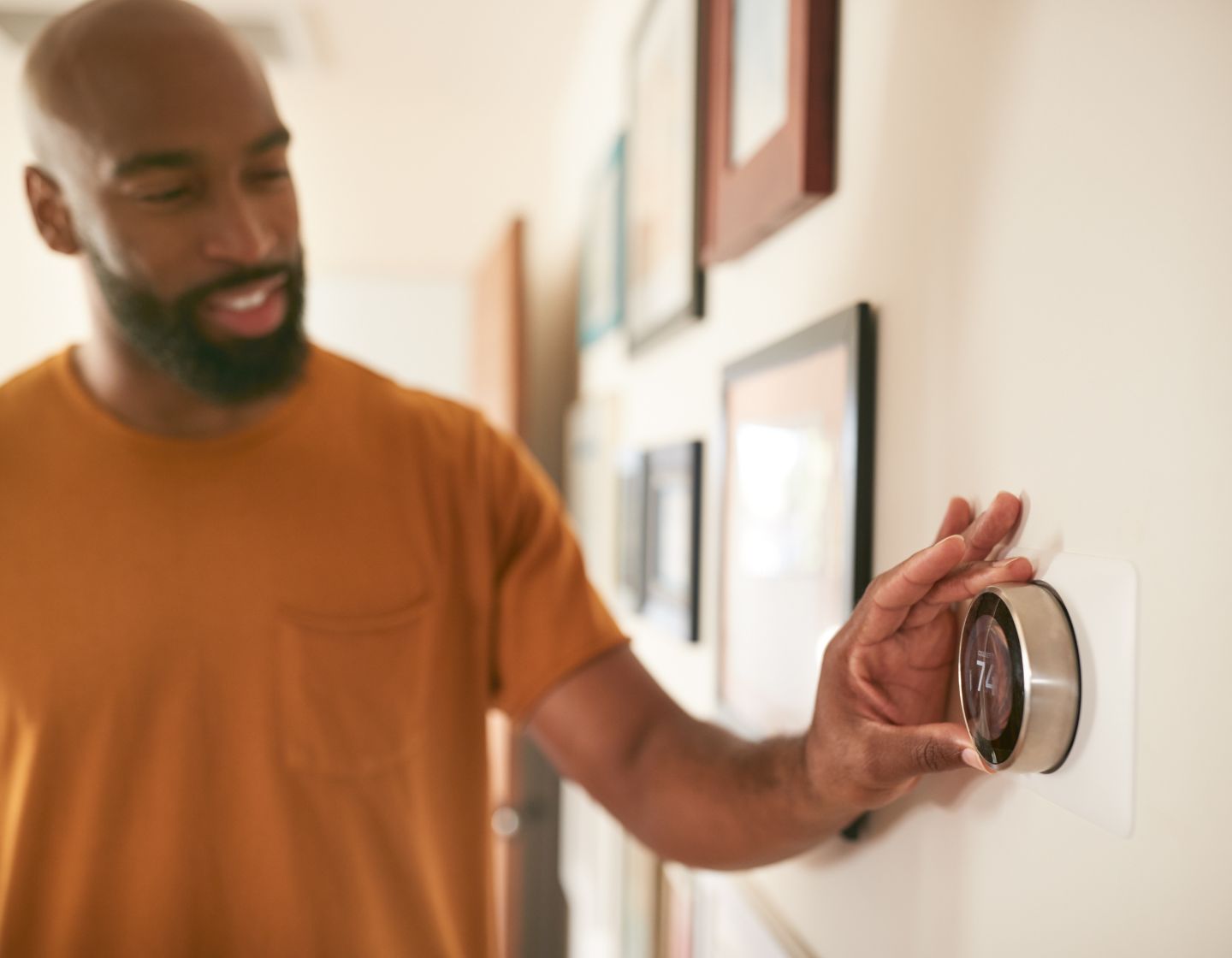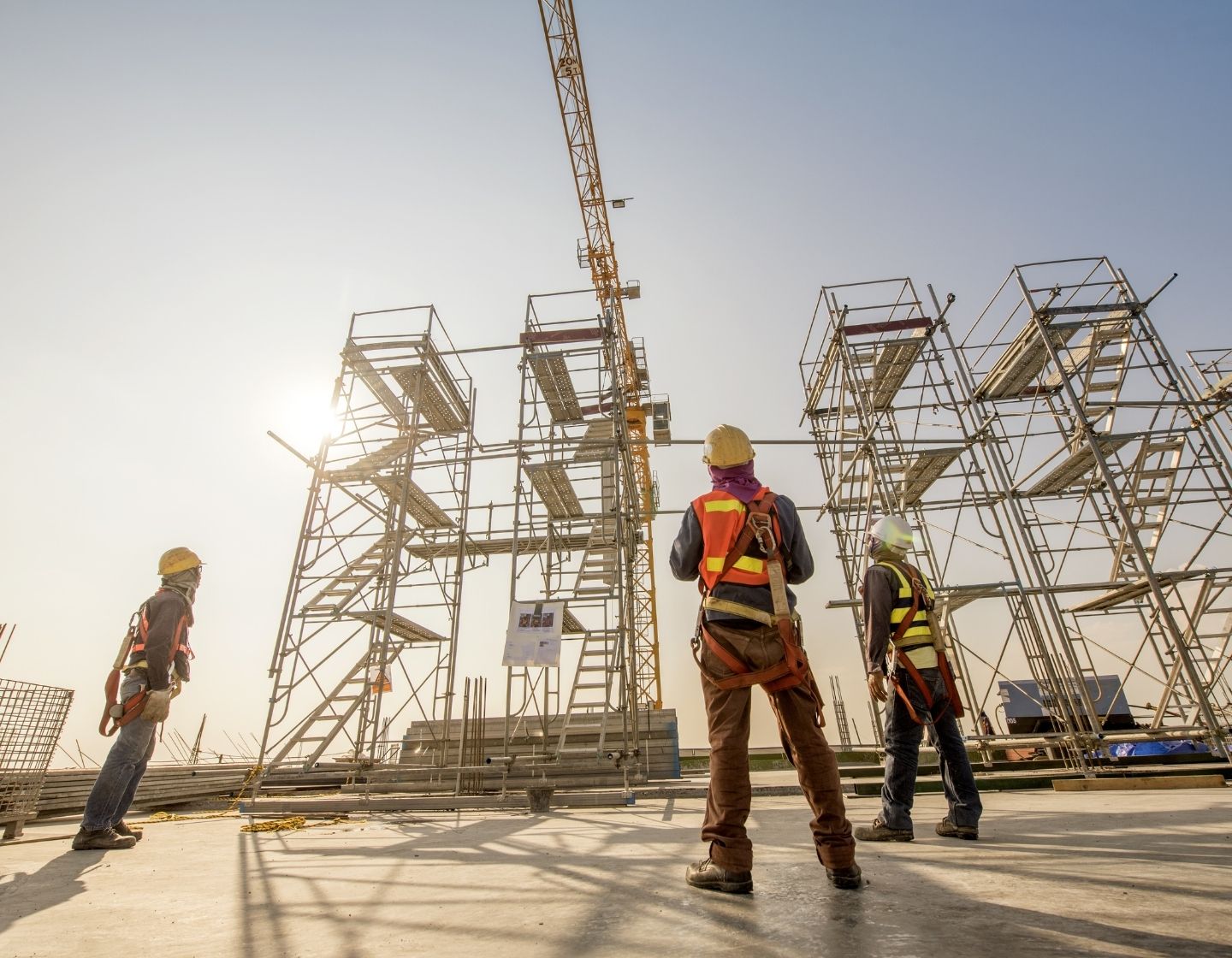Heating, ventilation & AC in buildings; cutting the energy cost
We’re all frighteningly aware that energy prices have spiralled out of control over the past year and even with government help the bills have doubled for businesses and homes.
So it’s a responsibility we all share to reduce energy use at work as well as at home – and getting up to speed on where the biggest usage lies is useful knowledge. Heating is usually the most significant energy cost in a workplace, accounting for up to 40% of energy use in a non-domestic building.
Knowing the ways to ensure that heating, ventilation and air conditioning (HVAC) systems are at optimal energy efficiency is important information for everyone in the workplace, particularly the Energy Champions who help with best practice.
Energy-related CO2 emissions from buildings have risen in recent years with direct and indirect emissions from electricity and commercial heat used in buildings rose to 10 GtCO2 (Gigatonnes) in 2019, the highest ever recorded. Efficient HVAC systems that reduce energy usage would make a significant dent in the carbon footprint of a company.
It would also provide improvements in employee comfort and productivity. Research shows that healthy environments improve employee satisfaction, engagement, health, retention, and productivity.

Best temperatures
Productivity, decision-making, strategizing and planning improve where fresh air is adequately circulated, according to a Hanyang University study. Buildings with low CO2 concentrations and high ventilation rates lead to performance improvements of up to 8%.
Our work productivity is also affected by temperatures, with research indicating that that computer users are more productive and have fewer keyboard errors when the office temperature is 25 degrees C (77 F) and productivity tends to decrease suddenly as temperatures drop below 68°F.
It’s essential first of all to make sure heating and air conditioning systems are not in use at the same time. In the summer months, even adjusting the thermostat setting up one degree can typically save 2-3% on cooling costs.
As workspaces are redesigned, heating and cooling controls and thermostats can struggle to provide optimal control. It could be that an office has been split in two but has a single temperature control, that does not provide the best and most efficient conditions. Office changes can lead to airflow imbalance which causes hot office areas and freezing meeting rooms because the air supply for the office has been separated.
It’s important to ensure HVAC arrangements are reviewed and that controls are being managed effectively. You can leave the doors open on hot days and look at ways to move the air supply to rooms.
All controls should be set to give a gap of around 4–5C between the heating and cooling thermostats to create a comfortable “dead band”, which will provide good working conditions and increase cost savings.

Smart thermostats
It’s important also that smart thermostats are programmed so that the temperature is adjusted when the building is unoccupied, ideally HVAC systems should be turned off. Ensure AC is set to turn off just before people leave and not left running overnight, and people should be encouraged to switch off any manual units after leaving rooms.
Ventilation systems should also be closely controlled, with ideal air flows of 8 litres per second per person in office spaces, with checks on timer controls to ensure fans operate only as needed.
Workplaces can benefit from demand control ventilation with motion sensors for occupancy control, CO2 sensors to modulate airflow quality, and automated control and modulation of process exhaust systems.
We can also all make simple checks that save energy, such as ensuring that desks are not too close or too far from radiators and air conditioning, and keeping external doors and windows closed when using AC to prevent warm air from escaping in colder periods, or cold air entering in winter months.
It’s also to have procedures for turning off air conditioning and heating when meeting rooms are not in use, either manual or through more effective sensor/timer controls.
Energy Champions in the workplace can work with facilities management (FM) and HR teams to ensure HVAC timings match people’s needs. They can also work with maintenance departments to ensure that unused doors and windows (excluding emergency exits) are properly sealed, as well as fitting draught-proofing measures such on doors and windows.

Low-e coatings
Windows that have low-emissivity (low-e) coatings control heat transfer within the insulated glazing and while these windows cost about 10% to 15% more than regular windows they reduce energy loss by as much as 30% to 50%.
Opening windows may make the HVAC system less efficient and more costly to run. It’s important for Energy Champions to work with FM teams on the best ways to improve comfort and reduce costs with clear advice on opening windows.
Simple actions will help improve energy usage. For example, turning off a range of electrical equipment when not in use. This would include laptops and desktop computers, media systems and even exercise machines. All these emit heat, which puts unnecessary demands on the HVAC system
IT equipment is always improving and it’s worth checking the server rooms are maintained at the optimum temperature and humidity- sometimes these areas can be over-cooled. The variation for best performance and safety is between 18-27C, so choosing 23-25C should save energy with no negative impact.
The retrofit option
Government advice is that businesses can save up to 35% annually in energy costs by adding or replacing parts. These retrofits can delay costly total upgrades while employees benefit from improved comfort with better temperatures and humidity. HVAC systems with effective sealing around heating and cooling ducts are much more effective and energy efficient.
Did you know that a Building Automation Systems (BAS) provides centralised control of HVAC, lighting, and other systems, which optimises energy efficiency. BAS provides information on equipment performance and utility metering, allowing users to control it with more precision.
BAS works most efficiently when the building is divided into thermal zones with separate controls based on space function and employee needs. This should deliver improved comfort, efficient operation of systems, and reductions in energy consumption and operating costs.
If the existing HVAC system is over a decade old, it is worth considering replacement, working with business Energy Champions and specialist teams to design the most efficient system. Newer HVACs have higher Energy Efficiency Ratio ratings so reduce costs.
Another option is to consider the benefits of Variable Refrigerant Flow (VRF), which can be a relatively simple option providing individually controlled zones in a building for maximum energy efficiency and lower maintenance costs. VRF operates with variable speed compressors with the added bonus of reducing or eliminating ductwork, cutting costs of piping, pumps and fans.

Getting everyone involved
As employees, it’s important that we all understand how energy is used, what actions we can take and the impact of energy-conscious behaviour. There are great benefits in taking part in internal and external training programmes, with workshop sessions for all those who have a significant influence over energy use, while e-learning modules are effective in reaching larger groups and tracking completion.
Educating and engaging everyone in the business to take responsibility and play a part should have a significant impact on energy costs and employee performance.

